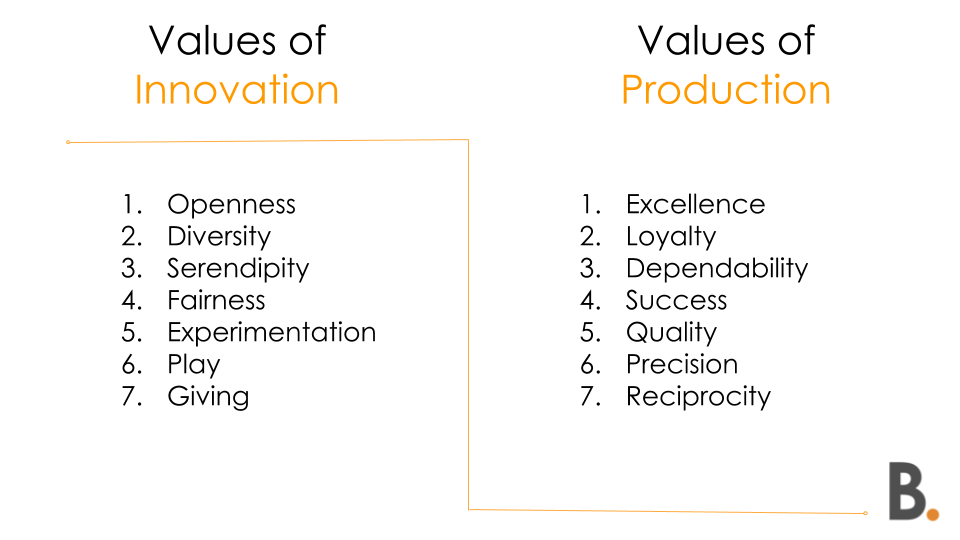Companies have been punched in the mouth, and whether they had or did not have a plan, it’s time for a new one. And not just a plan to deal with this or other viruses, but a completely reconsidered society. ~ Stowe Boyd
We exist at a time that has competing, intersecting, and sometimes conflicting crises.
This is leaving companies reeling as they attempt to recover from one blow after another. Innovation, or even continuous improvement, doesn’t really appear at the table.
I was involved in a discussion this week about dealing with the cost of living crisis. But of course it’s too late to deal with, it’s upon us and over us. I remarked , not particularly helpfully, to this effect. That the problem we were attempting to solve was unsolvable , it was upon us. Maybe we’d be best to prepare for the next crisis wave that we probably hadn’t even considered yet.
How can companies regain their footing? Even in more stable times it’s not as if organisations were particularly adept at preparing for looming threats.
A report by Dr Deborah Pretty analyses data from 300 corporate crises from the last 40 years . It categorises crises into three sorts and examines their impact on shareholder value while identifying the drivers of recovery.
- Black Swan events (unprecedented, unimagined e.g World War I)
- Grey Swan events (conceivable but neglected e.g Covid-19)
- White Swan events (reasonable frequency, inherently preventable e.g most of the things that have happened to your company in the past 12 months)
The report highlights that limited, ambiguous and uncomfortable data are easy to ignore. We neglect preparing for low-probability, high-severity events. They are on the horizon but we simply don’t think preparing for them is a priority.
When the timing of a looming threat is uncertain, it’s hard for business leaders to make an action plan to address it. Wharton marketing professor emeritus George Day and global management consultant Roger Dennis call it “the paradox of preparedness.”
They suggest four stages of awareness: learning from past experience, staying alert to anomalies, creating engaging experiences through simulations, and narrating credible stories about the future.
One of the problems at the moment is companies are (necessarily) operating in the moment with such intensity that they can’t see out of the building never mind look over the horizon.
It’s what Stowe Boyd has neatly titled The Fog of So-Much-Happening-All-at-Once.
To navigate out of this fog, we must live with two sets of values simultaneously.
We need to cope with the present and to get ahead of the next knockout blow – and that requires different skill sets, different people and different organisational design. Ambidexterity is a combination of two conflicting behaviours, such as exploration and exploitation.
What often happens is organisations confuse these two things. As Victor W. Hwang has written – the values are opposed. Successful companies often need to exist in both worlds—innovation and production simultaneously – and that’s hard to do.
Think about it – your organisation will have a generic set of values , or a DNA, the thing you talk about as culture. It’s generic and quite bland as you don’t want to leave anybody out or create any conflict. And that’s part of the problem – because the conflict is the solution.

It’s worth remembering that our organisations are generally bad at anticipating the future simply because they are designed that way.
What we need to do as organisations is to create the conditions for these two sets of values to co-exist.
Becoming Ambidextrous
Just as being ambidextrous means being able to use both the left and right hand equally, organizational ambidexterity requires organizations to use both exploration and exploitation techniques to be successful.
This may need:
- A space (literal or metaphorical) to translate thinking into practical applications – and to ensure that any ideas that are pursued connect with the organisation’s overall strategy.
- Bringing people -not the usual suspects – together to conceive, champion, and carefully develop new approaches that have not been tried before.
- Acting as a conduit with external bodies, individuals and ideas outside your organisation – a pressure chamber that allows these external influences to flourish in a safe and controlled way.
- Using a mix of methodologies including design thinking and prototyping to help visualise solutions, and not talk ourselves out of change where it appears too difficult or complex.
Most organisations create strategies that deal with yesterday’s problems (check your KPIs for proof). Now more than ever we must develop the capability to gaze forward.
What is that low-probability, high-severity event that is coming your companies way?
Related: If A Third Of What We Do Is Waste: Why Can’t We See It?

